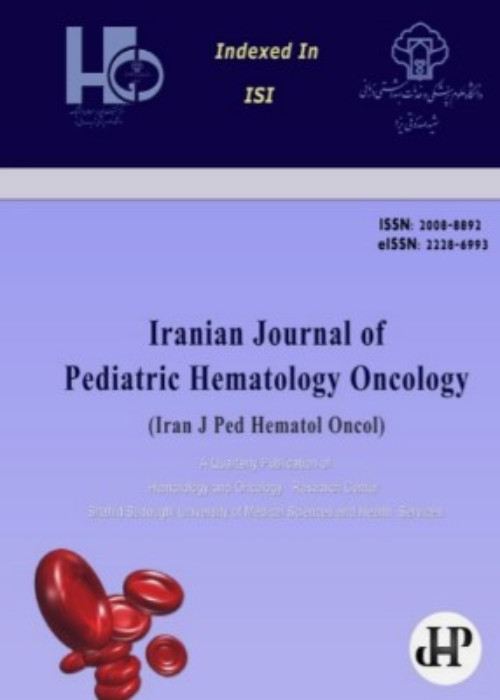The relation between end of induction minimal residual disease and different risk factors in patients with acute lymphoblastic leukemia
Malignant disorder with B or T stem cell basis leads to development and continuation of acute lymphoblastic leukemia (ALL) due to aggregation of blast cells in bone marrow. The environmental, genetic, and demographic factors may influence the disease relapse. The objective of this study was to assess the relation between end of induction minimal residual disease and different risk factors in patients with ALL.
This analytic-descriptive study consisted of 91 patients with ALL who referred to Seyed Alshohada Hospital, Isfahan, Iran. The mean age of the patients was 4.91 3.07 years old. The patients were assessed in terms of demographic characteristics, socioeconomic status, and treatment protocol. Their treatment began with Prednisolon, Dexamethason, Vincristine, L-Asparginase (L.APS) or (PEG-ASP), and Anthracycline for 28 days. Then, the end of induction minimal residual disease was assessed in each patient. For data analysis, Spierman, Mann Whitney, and Kruskal wallis tests were applied.
The monthly income level of the patients' families were poor, and we found a significant correlation between monthly income level of the patients' families and the incidence of minimal residual disease (P=0.03). None of the studied factors, including age, the mean of white blood cell count in the first complete blood count, hemoglobin level, platelet level, gender, central nervous system, mediastinal mass, splenomegaly, hepatomegaly, translocation, parents' education, and parents' occupation and response to corticosteroid treatment that might have had not any impacts on the studied disease(p>0.05).
In this study, it was found that assessing the effect of risk factors on the minimal residual disease in patients with leukemia could be a good solution for detecting and eliminating risk factors and increasing the relapse time.
- حق عضویت دریافتی صرف حمایت از نشریات عضو و نگهداری، تکمیل و توسعه مگیران میشود.
- پرداخت حق اشتراک و دانلود مقالات اجازه بازنشر آن در سایر رسانههای چاپی و دیجیتال را به کاربر نمیدهد.



